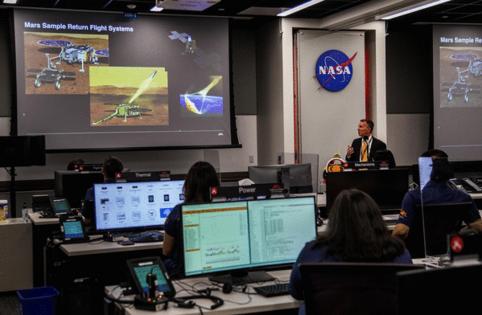Caltech receives $100-million gift to develop new technologies at the speed of SpaceX
Published in Science & Technology News
Thirty-six years ago, Gary Brinson cracked open Stephen Hawking's "A Brief History of Time," a bestseller in which the renowned physicist sought to explain the mysteries of the universe in layman's terms.
It accomplished more than that for the Chicago-based asset manager, igniting a decades-long interest in science — and, ultimately, leading to a $100-million donation to Caltech announced Thursday.
The gift from the donor's philanthropic foundation will establish the Brinson Exploration Hub to speed the development of scientific breakthroughs and new technologies by the Pasadena university and the Jet Propulsion Laboratory.
The idea is to foster collaboration with industry and embrace the try-and-fail approach exemplified by SpaceX with its rocket development, potentially shaving years off the research and development process.
"We wanted to do something here that gives scientists the complete freedom to take risks, to come up with ideas and applications that they otherwise might feel frustrated in what let's call the normal process of working with NASA and governmental agencies," said Brinson, 80, in an interview from his winter home in Indian Wells, Calif.
Brinson, who has made multiple grants to Caltech over the last 20 years, had been considering where his foundation might place a $100-million gift to make the most impact when he was approached by the university and JPL about possibly funding the Hub, which he said "immediately resonated" with him.
"That book was sort of the departure point for me to start getting interested in all aspects of science, and that then really resulted in this," he said.
The funded projects will be formulated by scientists and engineers at the university and JPL, the NASA R&D lab managed by Caltech. They might include small satellites to study the cosmos, the development of technologies to explore phenomena on other planets and programs to make observations on Earth following natural disasters. They will be selected through a competitive process.
"They need to be breakthrough exploration projects that drive scientific and societal benefit," said newly appointed Hub director Mark Simons, a Caltech geophysics professor and former JPL chief scientist. "But we want to do this in an environment that looks for speed and agility and risk tolerance. [Now], everything has to work first and if you have a failure everybody starts wringing their hands."
One project, for example, might involve studying the seismology of Venus through balloons that are tested first on Earth, or the deployment of small subsurface drones to study melting of Antarctic ice shelves.
...continued
©2024 Los Angeles Times. Visit at latimes.com. Distributed by Tribune Content Agency, LLC.







Comments